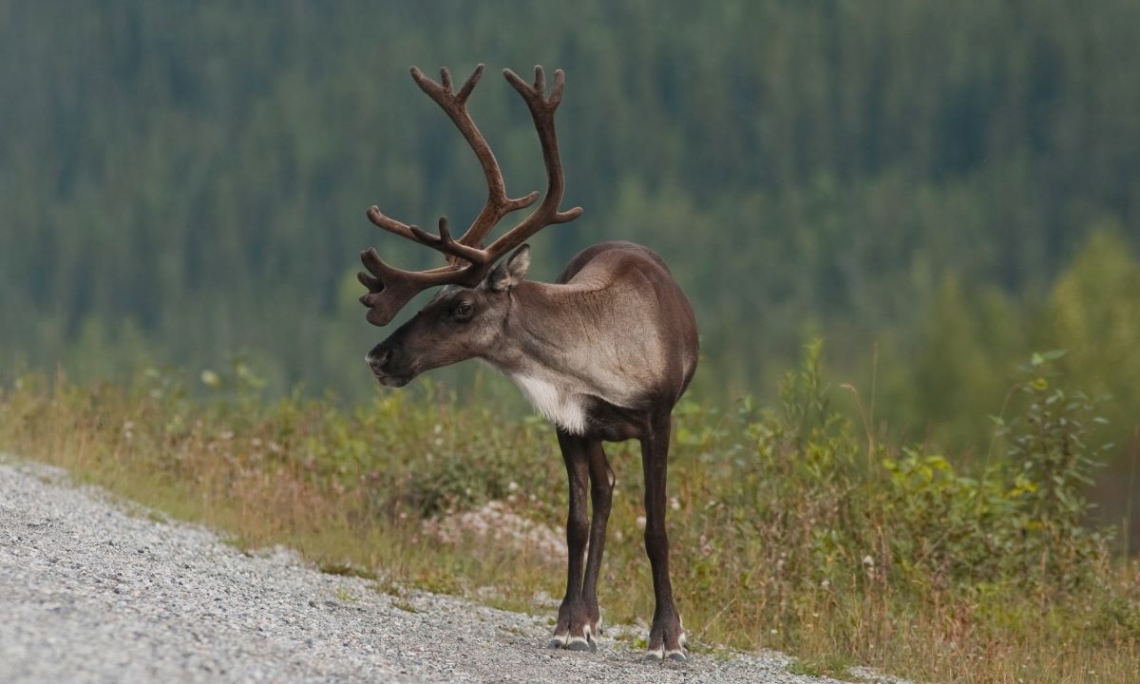Influence of Forest Harvesting on Predator-prey Dynamics Among Mountain Caribou, Sympatric Ungulates, and Predators


Project Description:
Southern mountain caribou in British Columbia have experienced rapid population decline due to human-mediated changes to forest communities and a resulting increase in predation. The majority of past research has focused on broad-scale relationships between habitat composition and the distribution of caribou. We sought to identify the mechanistic drivers of predation risk as they relate to a range of forest-management strategies. We investigated the effect of three forest-harvest prescriptions on the co-occurrence of caribou, sympatric ungulates, and predators: unharvested old-growth, clearcut harvesting, and group-selection harvesting. Group-selection is the legally mandated harvesting system for specific southern mountain caribou habitat because it restricts stand removal to 33% by area. That partial cutting strategy maintains old-forest structure and arboreal lichen. However, this system may create an environment that is more attractive to sympatric ungulates during snow-free periods. We deployed and lured 57 wildlife cameras to investigate how human-mediated plant community dynamics influenced the distribution of caribou, moose, mule deer, and predators.
Project Outcomes or Intended Outcomes:
Our preliminary results identify distinct differences in habitat use among the target species. Caribou avoided all areas where forest harvesting had occurred. Moose used the group-selection treatment most frequently. Mule deer favored clearcuts in spring while moose used that treatment in summer. Grizzly and black bears used stands harvested by group-selection more often than clearcut. Our findings suggest that forest management implemented to provide forage for mountain caribou may increase predation risk, potentially leading to further population decline.